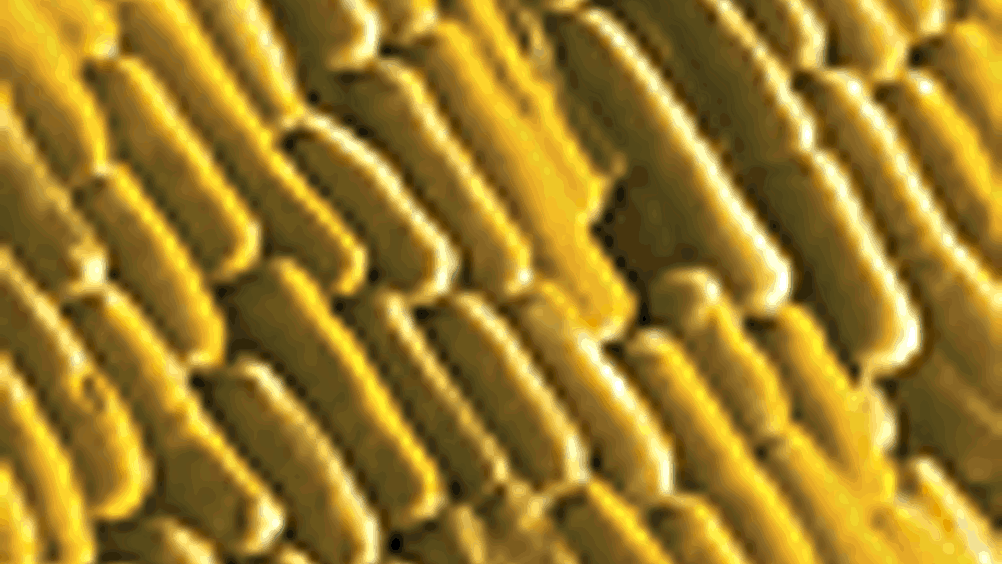A little light detection
UK biohazard monitoring technology claims more cost-efficient operation over a wider range of frequencies.

A
spin-out has developed a sensor that can detect the presence of anthrax or other biological hazards by monitoring the change in light refraction caused by the presence of harmful molecules.
SpectroSens sensor chip surfaces are coated with antibodies designed to attract specific antigens. When one sticks to the surface, a slight change in the colour of reflected light occurs, enabling the sensor to detect a target agent. An optical fibre takes the signal to a readout unit.
Greg Emerson, developer of the chip, said many other sensing technologies detect biohazards using expensive tagging techniques. By this method, technicians have to inject a fluorescent antibody, called a tag, into their test sample to see whether the antigen bound to the antibody.
'Our technology doesn't need that,' he said. 'We are able to measure in real time the amount of mass bound to the top of the surface, so we can observe that binding without any fluorescing antibodies.'
Register now to continue reading
Thanks for visiting The Engineer. You’ve now reached your monthly limit of news stories. Register for free to unlock unlimited access to all of our news coverage, as well as premium content including opinion, in-depth features and special reports.
Benefits of registering
-
In-depth insights and coverage of key emerging trends
-
Unrestricted access to special reports throughout the year
-
Daily technology news delivered straight to your inbox










CCC Report Finds UK Climate Targets Still Within Reach
In 1990 67% of the UK´s electricity came from coal-fired power stations and even without renewables the transition to gas was a major contributor to...